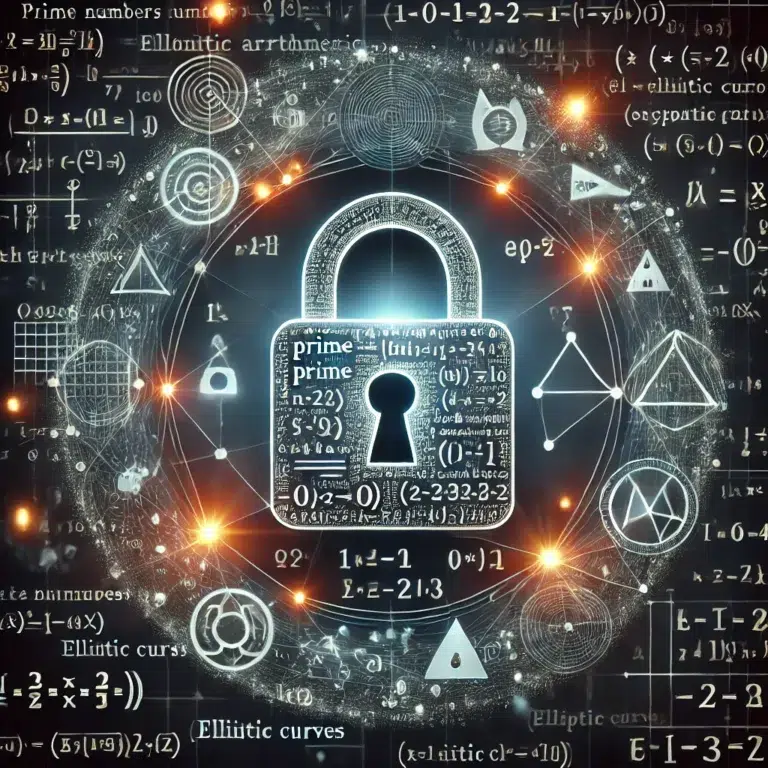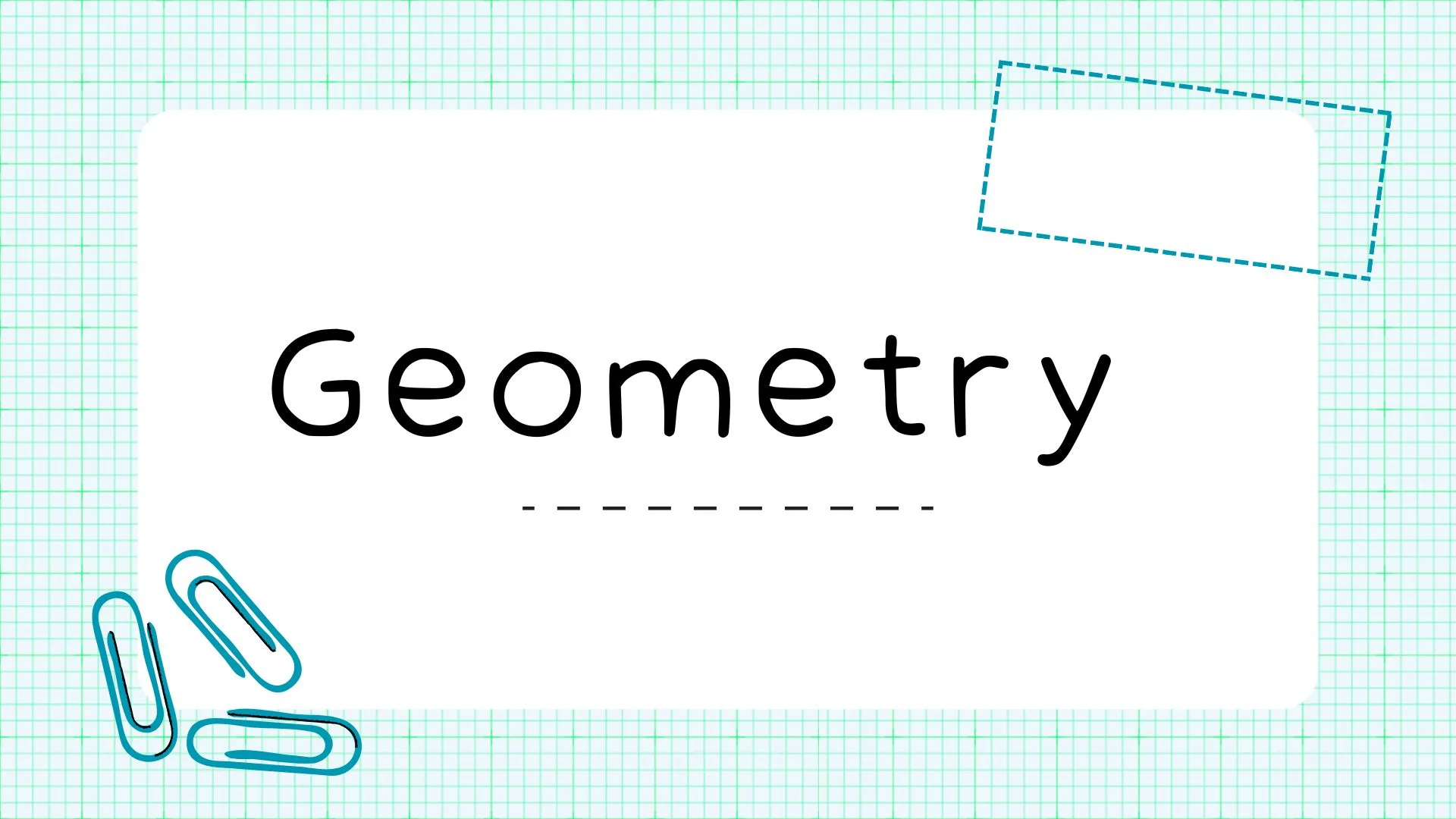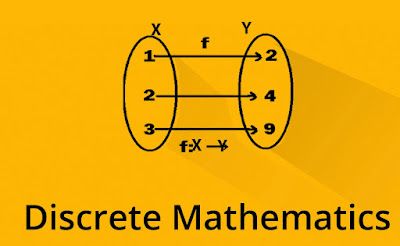The Mathematics Behind Cryptography: How Math Keeps Your Data Safe
In today’s digital world, nearly everything we do online involves sending and receiving information—often sensitive data like passwords, bank details, or personal messages. But with cyber threats and data breaches on the rise, how does this data remain secure? The answer lies in cryptography, where complex mathematics and algorithms combine to protect your information.
In this post, we’ll explore the math behind cryptography, covering its fundamental principles, how it works, and the real-life applications that make secure communication possible.
1. What is Cryptography?
Cryptography is the science of encoding and decoding information to keep it secure from unauthorized access. It’s not a new field; its roots stretch back thousands of years. Ancient civilizations used simple methods to disguise messages—like Caesar’s cipher, where letters were shifted by a certain number of positions in the alphabet. Today, cryptography is more sophisticated, using complex math to secure digital communication.
Modern cryptography relies heavily on number theory, particularly the properties of prime numbers and modular arithmetic. This math is at the core of encryption algorithms like RSA, AES, and Elliptic Curve Cryptography (ECC).
2. Core Concepts in Cryptography
Cryptography hinges on a few essential mathematical principles. Here’s a closer look at the key concepts that make encryption possible.
a) Prime Numbers and Factoring
Prime numbers (numbers that have only two divisors: 1 and themselves) are fundamental to cryptography. The RSA algorithm, one of the most widely used encryption methods, is built on the difficulty of factoring large numbers into primes.
Imagine we have a large number that’s the product of two very large primes. Factoring this number back into its prime components is incredibly time-consuming and nearly impossible with current technology. This property makes it secure; while it’s easy to multiply two large primes, reversing the process without knowing the factors is extraordinarily hard, which is why RSA is considered secure.
b) Modular Arithmetic
Modular arithmetic deals with remainders. For instance, in “mod 7” arithmetic, any result greater than or equal to 7 wraps back around. So, 10 mod 7 equals 3, because 10 divided by 7 leaves a remainder of 3. Modular arithmetic allows cryptographers to create “one-way” functions, meaning operations that are easy to compute in one direction but hard to reverse.
c) One-Way Functions
One-way functions are critical in cryptography. They’re easy to compute in one direction but nearly impossible to reverse without additional information. For example, multiplying two large prime numbers is easy, but finding those primes if only the product is known is extremely difficult. These functions ensure that encrypted data can be securely locked and unlocked.
3. How Does Encryption Work?
Encryption is the process of converting plain data into an unreadable format (ciphertext) using a specific algorithm and key. Decryption is the reverse—converting ciphertext back into readable data. Let’s look at two primary types of encryption used today:
a) Symmetric Encryption
In symmetric encryption, the same key is used to both encrypt and decrypt the message. This method is efficient and fast, often used in applications where speed is critical, such as securing real-time data in network communications.
- Algorithm Example: AES (Advanced Encryption Standard)
AES is a widely used symmetric encryption algorithm that applies multiple rounds of substitution, permutation, and mixing to data. Each round involves mathematical operations like bitwise shifts and modular addition, making the original message nearly impossible to decipher without the correct key.
b) Asymmetric Encryption
In asymmetric encryption, two different keys are used—a public key for encryption and a private key for decryption. This type is slower than symmetric encryption but offers an advantage: you can safely share your public key with anyone, allowing them to send you encrypted messages that only you, with your private key, can decrypt.
- Algorithm Example: RSA
RSA relies on prime numbers and modular arithmetic. It works by generating a pair of keys based on the product of two large prime numbers. The public key is used to encrypt data, while the private key (kept secret) decrypts it. RSA’s security lies in the difficulty of factoring large numbers, which is computationally intensive.
4. Real-Life Applications of Cryptography
Cryptography underpins much of the secure communication we use every day. Here’s a look at some of its applications:
a) Secure Web Browsing (HTTPS)
When you see HTTPS in your browser’s address bar, cryptography is at work. HTTPS uses the SSL/TLS protocol, which combines symmetric encryption (for speed) and asymmetric encryption (for secure key exchange). It ensures that data transmitted between your browser and the website remains private.
b) Digital Signatures
Digital signatures validate the authenticity of a document or message. They use asymmetric encryption to generate a “signature” based on the document’s content, which can then be verified by others. This process ensures that the document hasn’t been tampered with and that the sender’s identity is authentic.
c) Cryptocurrencies
Cryptocurrencies like Bitcoin use cryptographic algorithms to secure transactions and control the creation of new units. Bitcoin relies on cryptographic hash functions, which take input data and produce a unique fixed-length string, known as a “hash.” The hash verifies data integrity and enables secure transactions on the blockchain.
d) Email Encryption
Email encryption ensures that messages remain private, often using public-key cryptography. PGP (Pretty Good Privacy) is one popular tool that encrypts emails and verifies sender identity, ensuring that only intended recipients can read the contents.
5. The Future of Cryptography: Quantum Computing
Quantum computing poses both challenges and opportunities for cryptography. Quantum computers, which operate on quantum bits (qubits) rather than binary bits, could potentially break traditional encryption algorithms like RSA by quickly factoring large numbers. However, cryptographers are already working on “quantum-resistant” algorithms, designed to withstand attacks from quantum computers.
Quantum cryptography itself offers a new form of secure communication, such as Quantum Key Distribution (QKD). QKD uses quantum particles, like photons, to transmit encryption keys. Any attempt to intercept or tamper with these particles disrupts them, alerting the sender and receiver to a potential breach.
6. Conclusion
Mathematics forms the backbone of cryptography, transforming our digital interactions into secure transactions. From prime numbers and modular arithmetic to complex algorithms like RSA and AES, math ensures that our private data remains private, even in the face of evolving cyber threats. As we move toward an increasingly digital future, cryptography will continue to play a critical role, with advancements in areas like quantum cryptography offering even greater security possibilities.
Cryptography is, at its heart, a fusion of theory and application. While the mathematics behind it can be complex, the goal is simple: to protect our information in a world where data is one of our most valuable assets. So next time you see that little padlock icon in your browser’s address bar, take a moment to appreciate the math working tirelessly to keep your data safe.
Interested in learning more about the math behind digital technology? Follow Maths Buzz for more insights into the fascinating world where math meets the real world!




